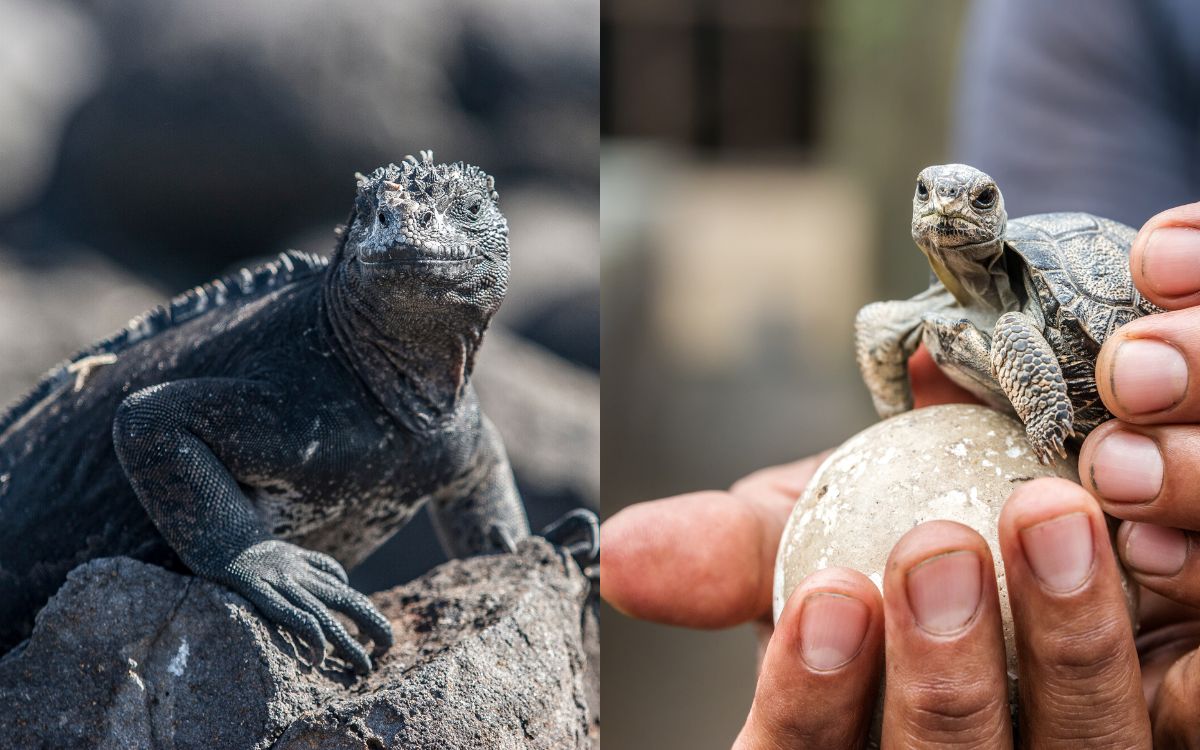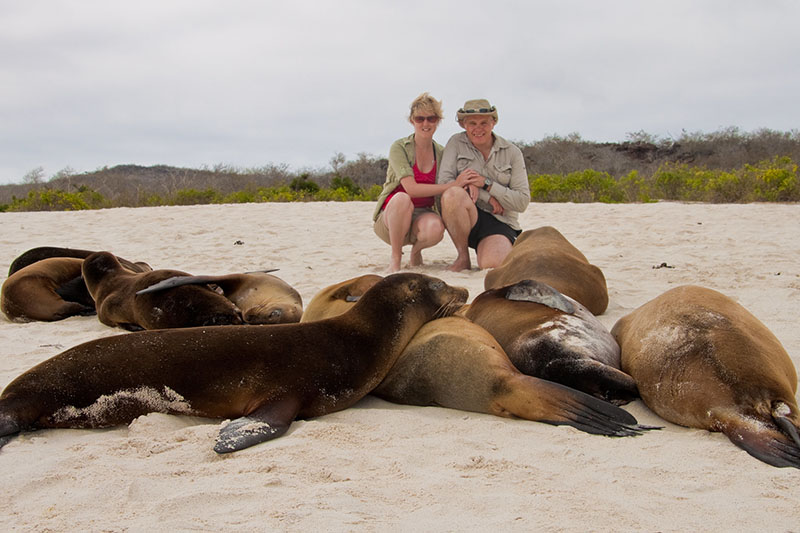Why Change is Needed
The Galapagos Islands have depended on tourism for more than fifty years although it has brought both positive and negative effects to the islands. The program supports environmental protection programs and maintains community economic stability but it creates stress on vulnerable natural areas and restricted public facilities. The world has adopted entry fee systems and rental restrictions as solutions but these short-term solutions fail to resolve the problem completely.
Galapagos at a Crossroads

Tourism on land in Galapagos has expanded by 260% during the past twenty years. Experts in conservation express their concern because the islands will become like other tourist spots that have become unmanageable due to their growing number of visitors.
The Regenerative Tourism Group (GTR) came into existence to handle this problem through an alliance between local authorities and conservationists and community members. The organization works to change the entire tourism management system while attempting to regulate tourist numbers.
- The organization reached a new level of success during 2023 when it hosted workshops which attracted over 60 participants. The organization introduced various programs as part of their starting point.
- Drafting a visitor code of conduct grounded in community values.
- The program funds local pilot projects which test out new regenerative models.
- An online educational platform exists which teaches visitors about environmental protection through content created by local communities.
What Regenerative Tourism Means

The core difference between traditional sustainable tourism and regenerative tourism lies in their approach to tourism impacts because sustainable tourism works to reduce negative effects but regenerative tourism actively produces beneficial outcomes. The model shows tourism as a system which connects natural elements with human social systems.
The program aims to boost community health while safeguarding cultural heritage and revitalizing natural areas. The approach becomes clearer through Doughnut Economics which shows humans need to fulfill social requirements while operating inside environmental limits. The tourism sector in Galapagos needs to deliver benefits for environmental recovery and cultural protection instead of focusing on employment generation and financial gains.
Lessons From Other Islands
The Galapagos can find development ideas through various islands that exist across the world.
- The community-based tourism management system ATKOMA emerged in Timor-Leste through funding which came from fees paid by guests who stayed at local guesthouses. These resources directly support reef conservation and local development projects, empowering residents to guide tourism growth.
- The Maldives has started to move away from its current system which allows only one resort to exist on each island. The market has seen an increase in locally owned guesthouses and HATA (Horsburgh Atoll Tourism Alliance) works to direct tourism income toward environmental protection and community development.
Small islands prove through these examples that they can develop new approaches which unify progress with environmental protection even though they have restricted resources.
A Vision for the Future
The Galapagos needs to move forward without creating tourist categories between "good" and "bad" and without using only financial penalties and increased regulations. The community should take control of tourism development because this approach generates benefits for both local people and their natural environments.
The Galapagos holds worldwide leadership potential for regenerative tourism because of its special natural habitats and its close-knit community bonds. The islands demonstrate how communities and travelers and conservation efforts work to protect nature while building economic strength and cultural heritage.
This transformation functions as an ongoing process which unites collaboration with learning and adaptation instead of being a single final achievement. The choices we make today will determine if Galapagos will adopt regenerative practices or follow the same destructive path as other well-known tourist spots.
